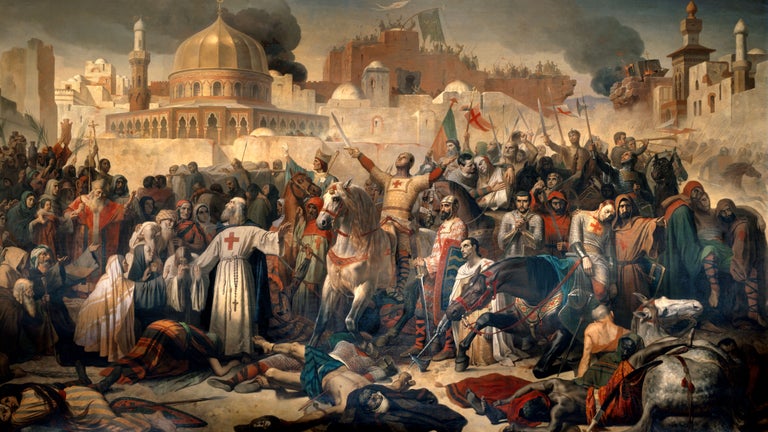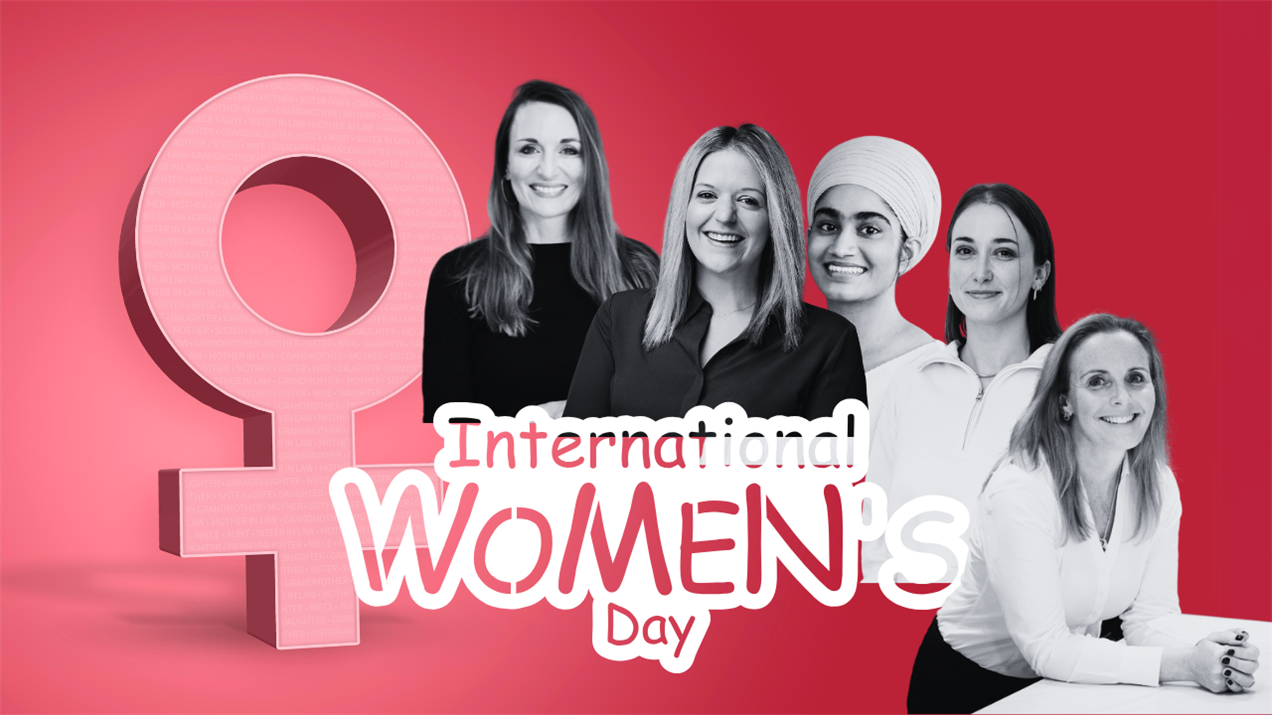zoomacademia.com – The Great War between Islamic and Christian forces, often referred to in historical contexts as the Crusades or the Reconquista, encompasses a series of military, political, and religious conflicts spanning centuries, from the late 11th to the 15th century. These conflicts, driven by religious motivations, territorial ambitions, and political struggles, left a profound impact on the history of both Christian Europe and the Islamic world. Below is a detailed exploration of this tumultuous period.
Origins and Causes of the Conflict
The conflict between Islamic and Christian civilizations dates back to the early expansion of Islam in the 7th and 8th centuries. Following the death of the Prophet Muhammad in 632 CE, Islamic forces rapidly expanded, conquering vast territories that included parts of the Byzantine Empire, North Africa, and Spain. By the early 8th century, Islamic rule stretched from the Arabian Peninsula to the Iberian Peninsula, bringing Muslim armies close to the heart of Europe.
This territorial expansion alarmed Christian rulers, particularly in Europe. The rise of the Umayyad and later the Abbasid Caliphates led to the creation of powerful Islamic empires that often clashed with the Christian Byzantine Empire in the east and the Christian kingdoms in the west. Religious differences between Islam and Christianity further deepened the divide, with both faiths viewing the other as an ideological and spiritual rival.
However, the Great War between these two faiths took on new dimensions in the 11th century, when the Christian West initiated a series of military campaigns to reclaim the Holy Land, particularly Jerusalem, which had been under Muslim control since 638 CE.
The Crusades (1095–1291)
The Crusades were a series of religiously motivated military campaigns launched by Christian Europe with the primary aim of recapturing Jerusalem and other sacred sites in the Holy Land from Muslim control. Pope Urban II initiated the First Crusade in 1095 with a call to arms at the Council of Clermont, urging Christians to defend fellow Christians in the East and liberate Jerusalem from Muslim rule.
The First Crusade (1096–1099) was remarkably successful, leading to the capture of Jerusalem in 1099 and the establishment of Christian-controlled states in the Levant, including the Kingdom of Jerusalem. However, these crusader states were constantly threatened by Islamic forces, leading to subsequent Crusades over the next two centuries.
- The Second Crusade (1147–1149): Sparked by the fall of the County of Edessa to Muslim forces under Zengi, this crusade was largely a failure for the Christians, with no significant territorial gains.
- The Third Crusade (1189–1192): Triggered by the recapture of Jerusalem by the Muslim leader Saladin in 1187, this crusade saw notable figures such as Richard the Lionheart of England. Though the Christians failed to retake Jerusalem, they secured access to the Holy Land for pilgrims.
- The Fourth Crusade (1202–1204): Deviated from its original goal, culminating in the sack of Constantinople, a Christian city, by Western European crusaders, which damaged Christian unity and left a lasting scar between the Eastern Orthodox and Roman Catholic churches.
Although the Crusades failed to establish long-term Christian dominance in the Holy Land, they had lasting consequences for both sides. The campaigns intensified animosity between the Islamic and Christian worlds and solidified religious identities.
Islamic Responses and Resilience
Islamic resistance to the Crusades was led by several key figures. Among the most prominent was Saladin (Salah ad-Din), the Kurdish Muslim leader who unified much of the Muslim world under the Ayyubid dynasty. He successfully recaptured Jerusalem in 1187 after the Battle of Hattin, marking a turning point in the Crusades. Saladin became a hero in the Muslim world and a symbol of resistance against the Christian invaders.
In later centuries, the Mamluk Sultanate of Egypt, led by figures like Baibars, would continue to defend Muslim territories from the Crusaders and eventually expel them from the Levant by the end of the 13th century. The fall of the last Christian stronghold, Acre, in 1291 effectively ended the Crusader presence in the Holy Land.
The Reconquista (711–1492)
While the Crusades unfolded in the eastern Mediterranean, another significant Christian-Islamic conflict, known as the Reconquista, was taking place on the Iberian Peninsula. Following the Muslim conquest of Spain in 711, the region came under Islamic rule, with the Umayyad Caliphate of Córdoba flourishing as a center of science, culture, and trade.
However, Christian kingdoms in northern Spain, such as León, Castile, and Aragon, gradually began to push southward, reclaiming territory from Muslim rulers. This centuries-long struggle, known as the Reconquista, was characterized by periods of both warfare and coexistence between Christians, Muslims, and Jews.
By the late 15th century, the Christian reconquest was nearing its completion. The Catholic Monarchs, Ferdinand II of Aragon and Isabella I of Castile, launched the final military campaign against the Muslim Kingdom of Granada. In 1492, Granada fell to Christian forces, marking the end of Muslim rule in Spain.
The Reconquista was a defining moment in European history, symbolizing the triumph of Christianity over Islam in the Iberian Peninsula. However, it also marked the beginning of significant religious intolerance, with Muslims and Jews facing forced conversions, expulsions, and persecution under the Spanish Inquisition.
Cultural and Scientific Exchanges
Despite the violence and animosity of the Great War between Islam and Christianity, there were also periods of cultural exchange, particularly during times of relative peace. Muslim Spain, for example, became a hub of intellectual and cultural interaction. The Al-Andalus region saw the translation of classical Greek works into Arabic and then Latin, which helped preserve and transmit ancient knowledge to Europe. This intellectual exchange would later influence the European Renaissance.
Trade, diplomacy, and occasional alliances between Christian and Muslim rulers also facilitated the flow of ideas, technologies, and goods across the Mediterranean. From the introduction of Arabic numerals to advancements in medicine, astronomy, and philosophy, Islamic contributions had a profound impact on medieval Europe.
Lasting Legacy
The Great War between Islamic and Christian civilizations reshaped the medieval world and left a lasting legacy that continues to influence modern geopolitics. The Crusades and the Reconquista, while largely military in nature, also intensified religious divisions that persist today. The imagery and rhetoric of the Crusades have been invoked in various conflicts, both by Western and Islamic leaders, as symbols of religious struggle.
At the same time, the cultural and intellectual exchanges between the two worlds during this period helped lay the foundation for the European Renaissance and the eventual rise of the modern scientific world. Thus, the history of conflict between Islam and Christianity is not only one of warfare but also one of shared knowledge and, at times, coexistence.
Conclusion
The Great War between Islam and Christianity was a complex and multifaceted struggle that spanned centuries and continents. While the military campaigns of the Crusades and the Reconquista dominate the narrative, the period also saw moments of intellectual exchange and cultural interaction that shaped the course of world history. Though religious and ideological differences fueled much of the conflict, the legacy of this period remains deeply embedded in the history of both the Christian and Islamic worlds.







